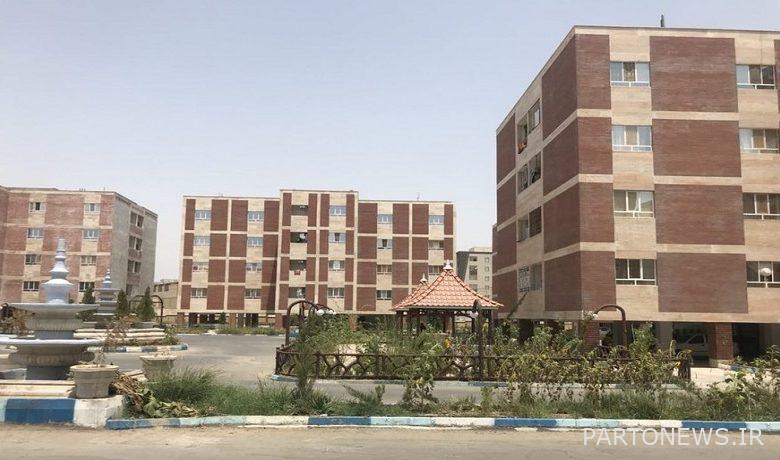Housing market forecast / National housing movement has no effect on the market?

According to Tejarat News, Mehdi Sultan Mohammadi stated: “Since November of last year, the housing market has entered a process of slow but continuous increase, and the rate of price growth has been lower than inflation.” On average, over the past year and a half, housing prices in Tehran have increased by 1.5 percent per month, while general inflation and the increase in the price of construction materials have been between 2.5 and 3 percent; That means about doubling the price of housing.
The price bubble is gradually draining
He added: “The current situation in the housing market usually occurs during the housing recession. During this period, the boom bubble slowly empties.
The housing market expert explained: One of the differences between the housing market and other markets is that due to the stickiness of prices in the housing market, price changes in order to empty the bubble, take place slowly. The recession period is generally not accompanied by a reduction in the nominal price of housing, but its growth rate slows down and stays away from general inflation.
Sultan Mohammadi predicted that despite the growth of about 20% in housing prices in Tehran, the price bubble has been reduced by about 20%: This trend is likely to continue for another year. Due to inflationary pressures, we will have an increase in house prices, but the increase will be less than inflation. However, in the medium term, variables may lead to positive and negative shocks, and the trend may be accompanied by monthly fluctuations. In other words, we will see a high or low slope in some months, but we expect the upward trend to continue with a slope lower than inflation.
The National Housing Movement has no effect on the market
He called the government’s plan to build one million housing units in the framework of the National Housing Movement plan ineffective and said: “Usually, such plans can not fundamentally change the housing market.” Especially because of the lack of land in big cities such as Tehran, this plan is not very effective. Experience has shown that the completion of these projects takes a long time. Mehr housing took about 14 years and is still incomplete in some areas.
The housing market expert stressed that the role of the government in housing supply was usually limited and that the main role was played by households and private sector investors. It will be the same in the future. On the other hand, the prices forecast for national housing since last year have almost doubled during this period. The amount of the loan did not change practically, and the households had to pay for the construction of the project. The question is, are households able to provide these resources? No. These studies do not appear to have been considered in the National Housing Movement.
Sultan Mohammadi, the direction of the housing market with land management plans lacked the necessary coordination and said: in the planning plan, the most concentration is considered in the southern region and the Zagros region. While needs are currently elsewhere. This market mismatch with the designers for these projects and the lack of resources are problems that reduce the efficiency of government projects. In short, the market situation will not change fundamentally through government projects.
The arrival of millions of vacant homes in the housing market was a fantasy
“The impact of this type of tax on the housing market will be very, very small,” he said of the impact of tax bases, including taxes on vacant homes, capital gains and luxury homes. The issue of vacant homes is practically nowhere to be found; Because it is very difficult to identify these units, and the idea that millions of vacant houses enter the market was a kind of fantasy. Luxury unit taxes also have virtually no effect on the overall market situation due to their small numbers.
The housing market expert also clarified: One of the concerns of the construction industry activists was the construction tax, which fortunately, with the new directive, the concerns and ambiguities have been partially resolved. In the past, when they wanted to set a tax on builders, they reduced the price of land based on the prices of the day of extraction and reduced the amount of sales from costs. What remains is calculated as profit and income tax. Accordingly, it was very difficult to assess land prices and construction costs in a ever-changing market, sometimes with audits shifting the tax rate based on personal taste. One of the reasons for the decline in investment in the construction sector was these ambiguities.
According to Sultan Mohammadi, fortunately in the circular, a fixed percentage of the sale price is considered as a tax, which closes this chapter to some extent. Therefore, both the collection of the government will increase and the tax task will be clear and transparent for the builders.
Source: ایسنا

